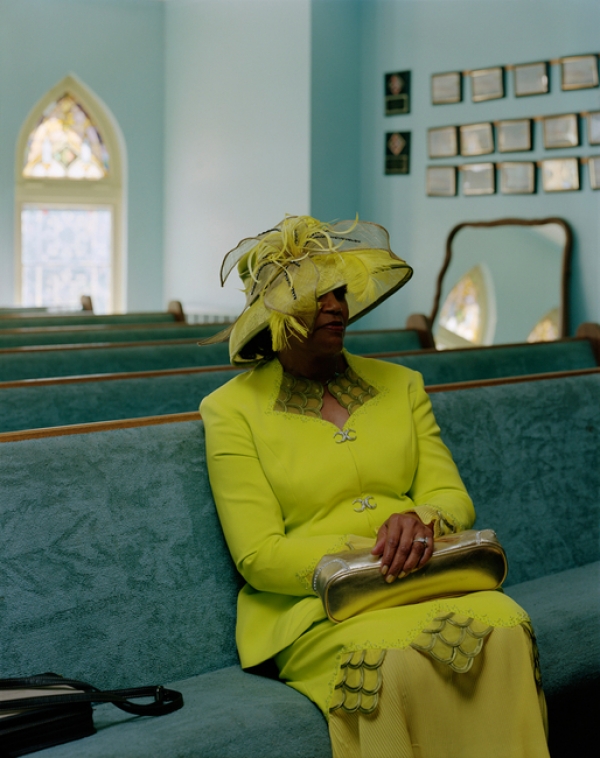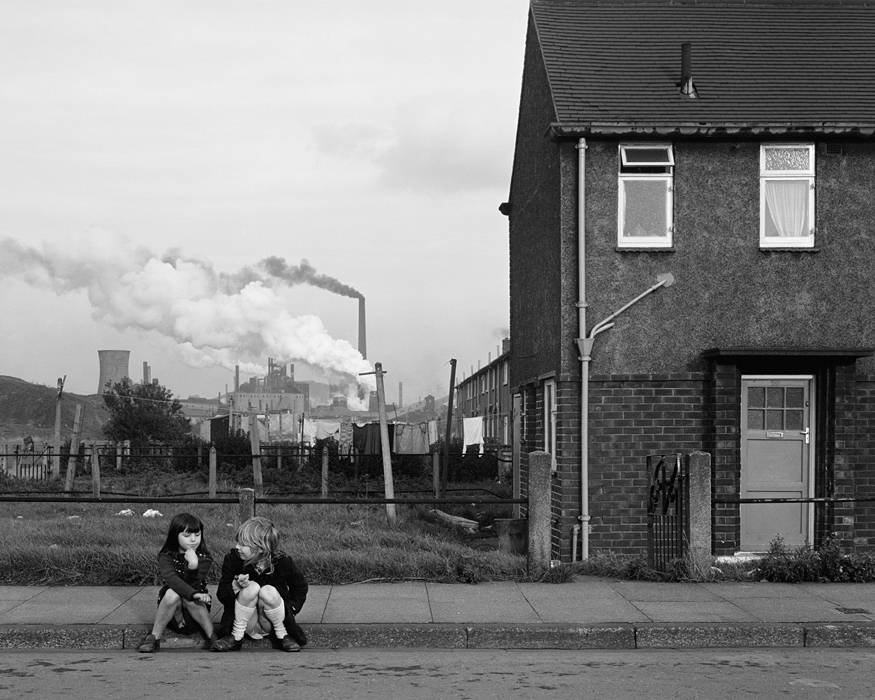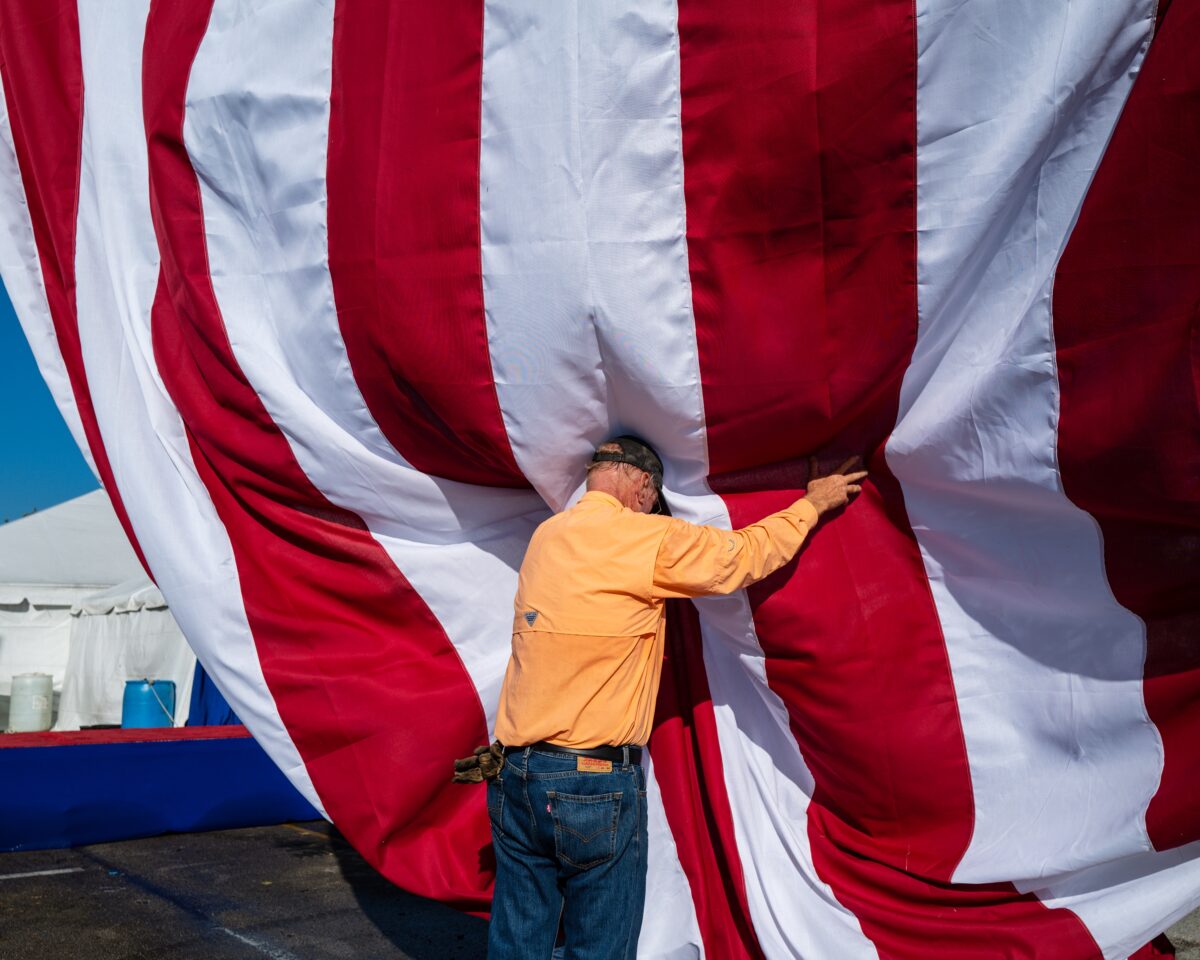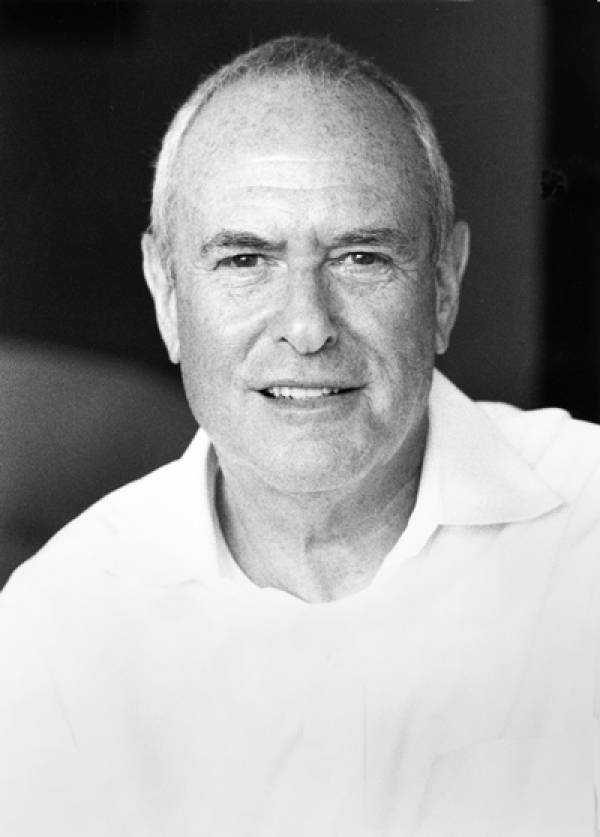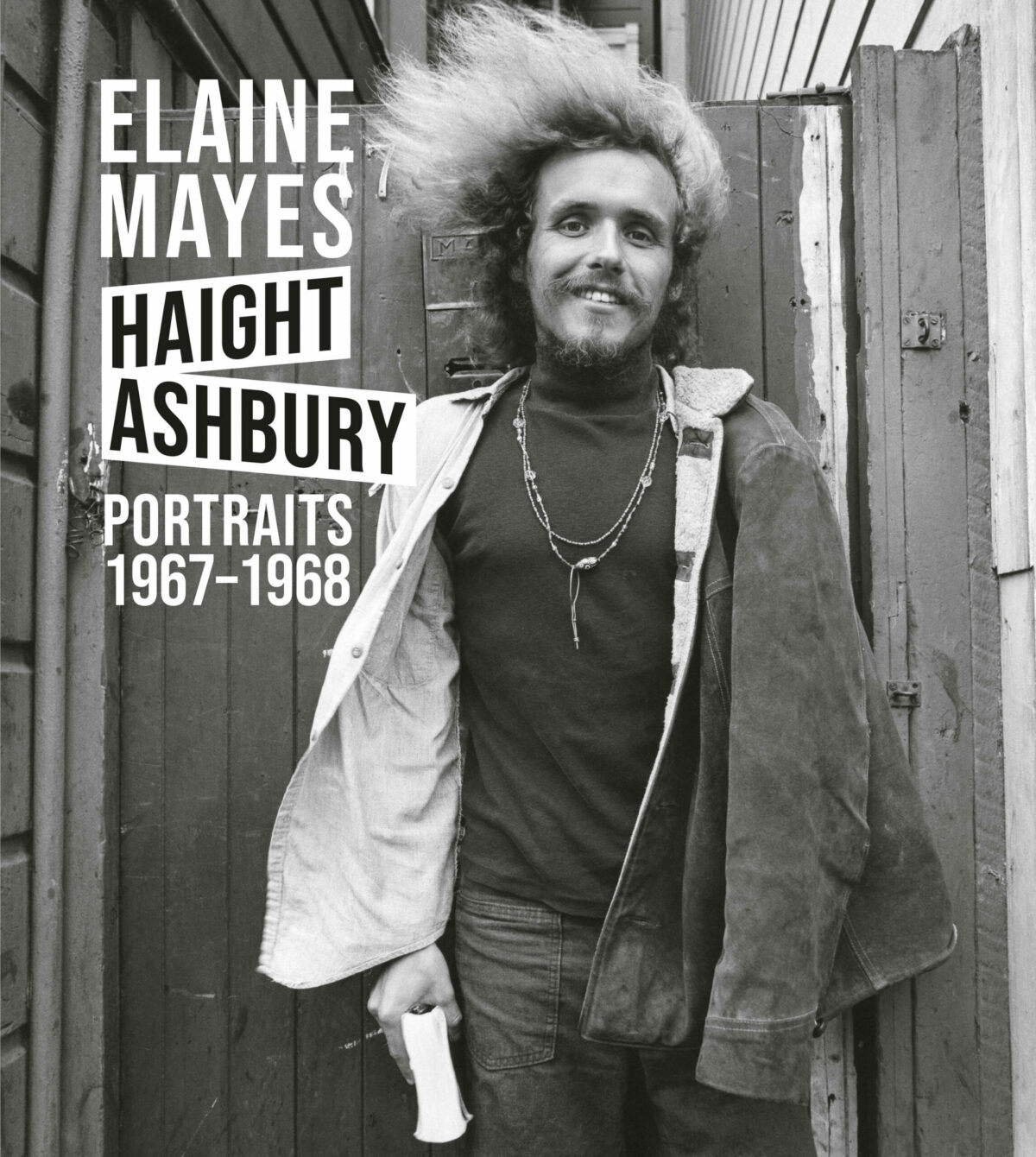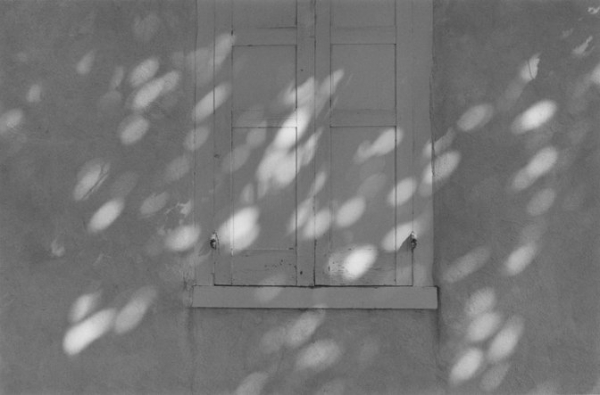Friends and acquaintances – and sometimes complete strangers – who happen to mention the topic of podcasts in my presence will have heard me talk about Ear Hustle. I am an enthusiastic (possibly even tiresome) proselytizer of this podcast about prison life at San Quentin, co-hosted by now-former inmate Earlonne Woods and Nigel Poor, an artist who volunteers at the prison. Poor, a photographer and collector who also teaches at California State University, Sacramento, calls the podcast a “Trojan horse,” in that it tricks people into thinking about larger issues by taking a deep dive into very specific stories – about solitary confinement, finding the right cellmate, parenting from prison, or figuring how to look good in jail. Without skirting the serious crimes that have brought the inmates to San Quentin, the podcast is deeply humanizing. “Throughout my career as an artist,” says Poor, “I’ve been interested in how people find meaning … and I started thinking about places where finding meaning is really difficult.”
It was in this frame of mind, in about 2010, that Poor got a sign of sorts, when mail from San Quentin kept getting misdelivered to her house. Around that time, she also heard about the university prison project at San Quentin and began teaching a history of photography class there. The prison had a media lab, and Poor came up with the idea of starting a radio program just for the California prison population, but after she entered a podcast contest sponsored by Radiotopia in 2016 and won (out of 1,500 entries), the podcast took off. Ear Hustle (slang for eavesdropping) now has more than 25 million downloads. Last fall, Jerry Brown, then the governor of California, commuted the sentence of her podcast partner, Earlonne Woods, and he was released after serving 21 years for attempted armed robbery. He was offered a full-time job as a producer at Radiotopia and will continue to produce Ear Hustle with Poor.
A photographic project also emerged from San Quentin. Lt. Sam Robinson is the public information officer who approves each Ear Hustle episode – listeners hear his voice doing just that at the end of every podcast. Poor stopped by his office one afternoon and a box of old photographs of aerial images of San Quentin was sitting on his desk. When Poor expressed an interest, Robinson said, essentially, wait until you see this – a box with hundreds of 4×5-inch negatives of images taken in the prison, visual documents, the circumstances of which are often mysterious. Poor knew she had found something special. She printed out some of the images, leaving a generous white border, and asked a group of inmates to “map” them with handwritten notations suggesting what was happening in the picture, or what the image evoked for them. These images, along with other photographs from an archive of thousands of negatives made in San Quentin between the 1930s and the 1980s, have become, collectively, The San Quentin Project. An exhibition drawn from those images was organized by the Milwaukee Art Museum, and from August 21 to November 17, it will be on view at the Berkeley Art Museum and Pacific Film Archives. Work from Poor’s collection was also included in The Past Is Prologue: Vernacular Photography, Pop Photographica, and the Road to Selfie Culture, at the Art Yard in Frenchtown, NJ.
Poor, who grew up outside of Boston, came early to the collecting impulse: in fifth grade, she had shoeboxes labeled with her collections of rocks, bottle caps, and popsicle sticks, and much of her artistic production is related in some way to collecting and categorizing. Found, for example, is a photographic record of found objects she collected from the street, from a glove to a slinky to a headless doll. She also embraced photography early on – the only thing she ever wanted to be, she says, was an artist. Her dad gave her a camera when she was in the seventh grade, and a story she tells from that time is a lesson in youthful perseverance: She entered a photography contest with a picture she’d taken of pigs heads in a butcher shop, and she won third place. “I was so happy I couldn’t believe it,” she says. “Until I found out that only three people had submitted pictures.” Her commitment to photography didn’t waver, but she did understand that her visual sensibility might be a bit different than that of other people.
“I always used photography as a tool, as a good way to connect with people,” says Poor, who studied photography at Bennington, and then at the Massachusetts College of Art, where she earned an MFA, “and to explore intellectual and emotional concerns.” Her audio work might be seen as another tool, and Ear Hustle provides her with similar opportunities. “What might surprise people,” says Poor, “is how enjoyable this work is. We got a little blowback at first about not being political enough, but if you’ve spent time in prisons, people aren’t always angry. It’s a complicated, diverse landscape, and showing humor and camaraderie, making people human, is political. We would love to change the system, but we want to do it through storytelling.”


